Exhibition - Serial Killer : L'exposition – Une exploration révolutionnaire des ténèbres qui éclaire autant qu'elle dérange
By Mulder, Paris, Galeries Montparnasse, 17 may 2025
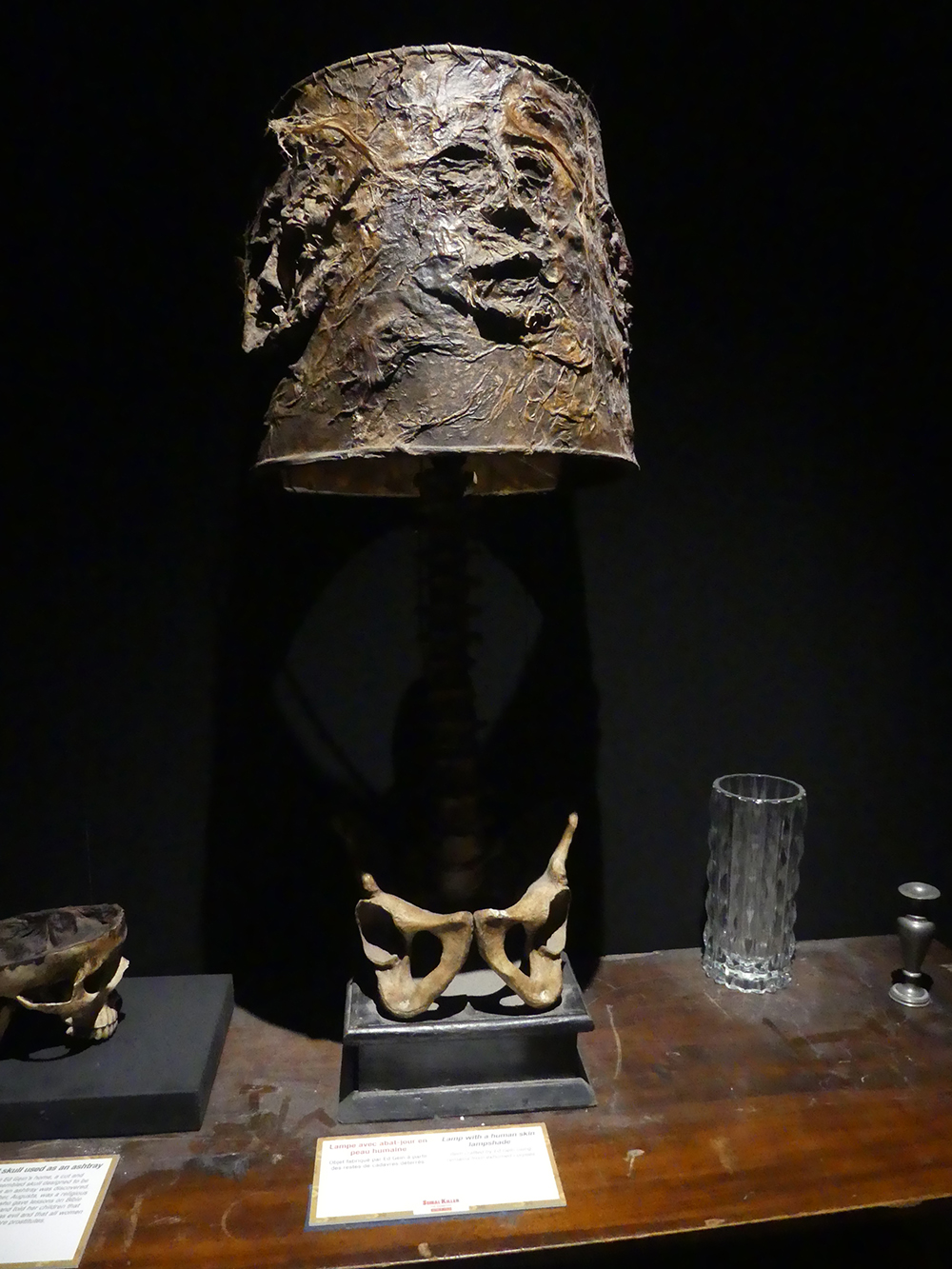
Few exhibitions in recent memory have dared to tread the shadowy line between fascination and discomfort with as much ambition, intensity, and purpose as Serial Killer: The Exhibition currently housed at the Galeries Montparnasse in Paris. From the moment one steps into its dimly lit corridors, it becomes evident that this is far more than a voyeuristic collection of morbid relics—it is a richly layered, intellectually rigorous, and emotionally resonant experience that challenges visitors not only to confront the disturbing legacy of the world’s most notorious serial killers, but also to examine the very nature of evil, the fragility of life, and the way society metabolizes trauma through spectacle. Presented with more than 1,000 artifacts and spread across 40 rooms, the exhibition is an audacious deep-dive into criminal psychology, historical context, forensic innovation, and human empathy. It is without question one of the most compelling and complete exhibitions Paris has hosted in years—an unexpected triumph of curation, technological innovation, and social commentary wrapped in a visceral, unforgettable package.
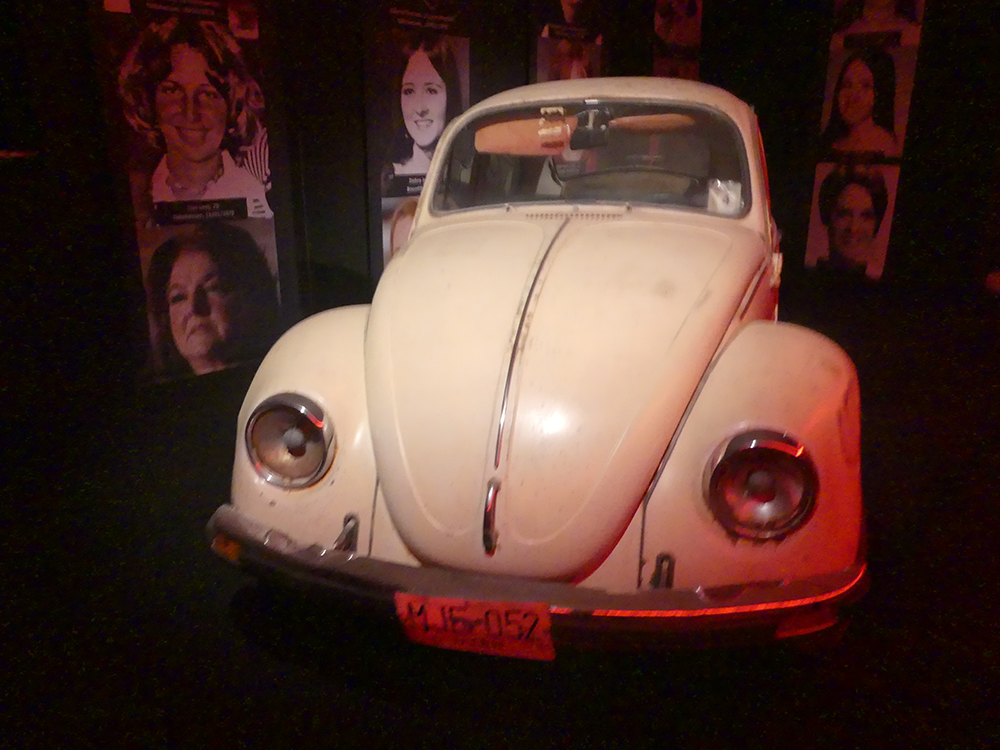
What sets this exhibition apart from countless others is the extraordinary attention to narrative detail and its unflinching commitment to immersing the visitor into the world it seeks to portray. Yes, it features the infamous—Jeffrey Dahmer, Ted Bundy, Charles Manson, Jack the Ripper—and the relics associated with their crimes: glasses worn during interrogations, hand-written letters, personal items that send chills down your spine. But these objects are never presented as mere collectibles of infamy. They are placed with a profound sense of context, framed by detailed accounts, psychological analysis, and meticulously designed scenography that aim not to glorify, but to understand. The experience is not simply chronological—it is psychological. You don’t just see the tools of the crime; you see the build-up, the social context, the investigative breakdown, and, crucially, the human cost. From the forensic reconstructions to the crime scene re-enactments, every detail is deliberate, and every room is a new descent into a specific layer of depravity, all while maintaining an ethical distance that is remarkable given the grisly nature of the content.
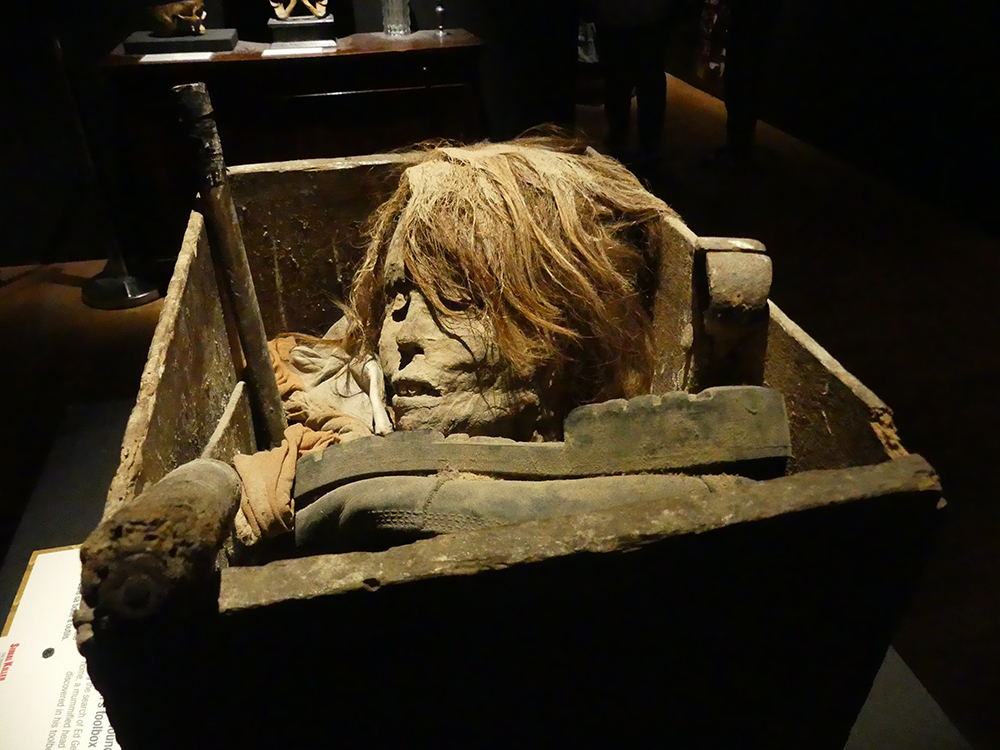
One of the exhibition’s most staggering achievements lies in its integration of cutting-edge technology to create immersion that is both educational and deeply affecting. Several rooms employ virtual reality, allowing visitors to step into the shoes of either the detectives who hunted these criminals or, more disturbingly, the victims themselves. One particularly haunting VR segment places you in the perspective of a helpless captive, awaiting a killer’s approach—a bold move that transcends traditional museum interaction to evoke empathy on a visceral level. Another VR installation takes the viewer into a crime scene analysis session, walking through forensic logic while a calm voiceover explains the behaviors, motivations, and patterns typical of serial offenders. These moments go beyond novelty. They are powerful tools of understanding, bringing criminological theory into tangible, lived experience. It’s difficult to walk away unaffected when you’ve felt—even for a few virtual minutes—the vulnerability and horror that many real victims experienced.
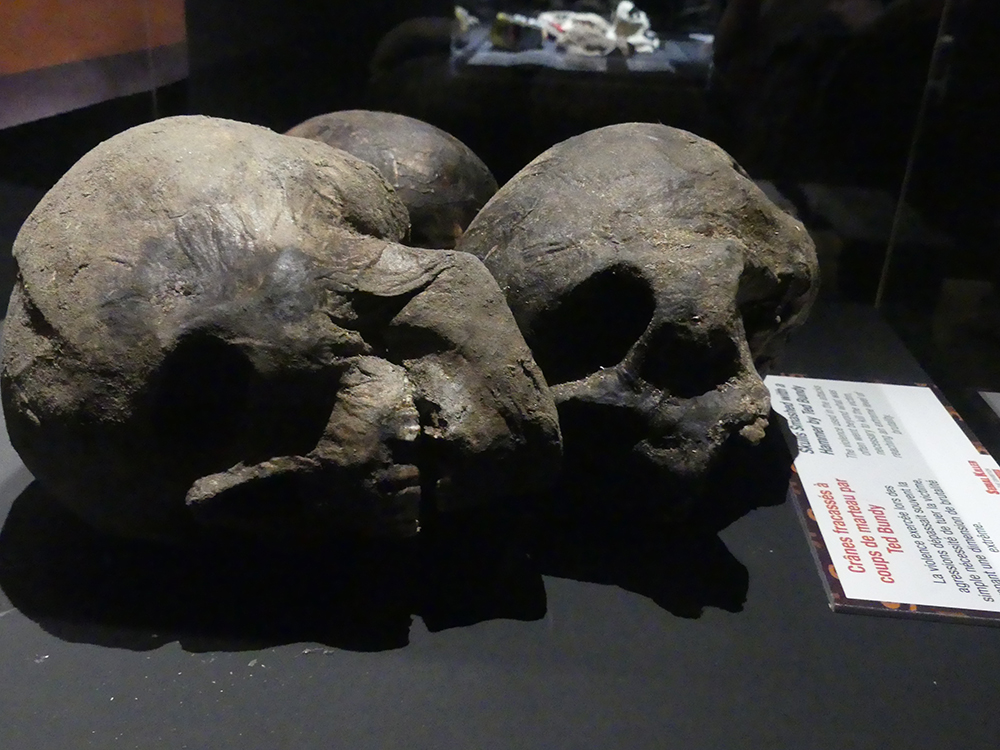
And yet, the exhibition is not without heart. Perhaps the most deeply moving aspect of Serial Killer: The Exhibition is its unwavering focus on the victims, whose names and lives are so often overshadowed in popular media by the killers who took them away. A dedicated room near the end of the experience functions almost like a memorial chapel: it is quiet, reverent, and filled with photos, names, personal stories, and video testimonials from surviving relatives. Here, the noise of the exhibition—literal and emotional—fades, replaced by a solemn recognition of loss and humanity. It is in this room that one understands the deeper mission of the curators: to ensure that the legacy of these crimes does not become entertainment devoid of consequence. The collaboration with advocacy organizations like Victimes en Série (ViES) and AVANE anchors the exhibition in real-world efforts toward justice and healing, reminding us that behind every archived court file lies a family still grieving.

French serial killers also receive focused attention, with a whole wing of the exhibition devoted to them. This area might be one of the most enlightening for local visitors, offering insight into figures like Marcel Petiot, Guy Georges, and Michel Fourniret. But it doesn’t stop at profiling the crimes. The exhibition smartly uses these cases to chart the evolution of investigative techniques in France—from early 20th-century sleuthing to modern forensics—while drawing historical parallels with earlier figures like Joseph Vacher or Gilles de Rais. Expert commentary, including that of criminologists and historians, adds academic depth and elevates the entire presentation far beyond sensationalism. Anecdotally, one of the more striking scenes I witnessed during my visit was a group of law students taking notes, visibly engrossed in a wall display comparing criminological typologies. It’s rare for a public exhibition to simultaneously cater to both the general public and a more scholarly audience with such effectiveness, but Serial Killer: The Exhibition manages it effortlessly.

Of course, there’s an undeniable edge of provocation that runs throughout the experience—after all, it would be disingenuous to pretend that curiosity and thrill do not also bring people through the door. There are grotesque elements, graphic visuals, and morally ambiguous sections—such as the controversial area dedicated to Nicolas Claux, a convicted murderer who now makes and sells portraits of other killers. These inclusions force us to reflect on society’s relationship with infamy and question our boundaries. Should this man have a platform? Should we sell T-shirts and souvenirs inspired by real atrocities? For some, these aspects may be problematic. But to me, they function as mirrors rather than missteps, daring us to examine our own discomfort and complicity in the media-driven cult of the serial killer. The exhibition does not shy away from these dilemmas; it welcomes them as part of a broader conversation on justice, ethics, and remembrance.
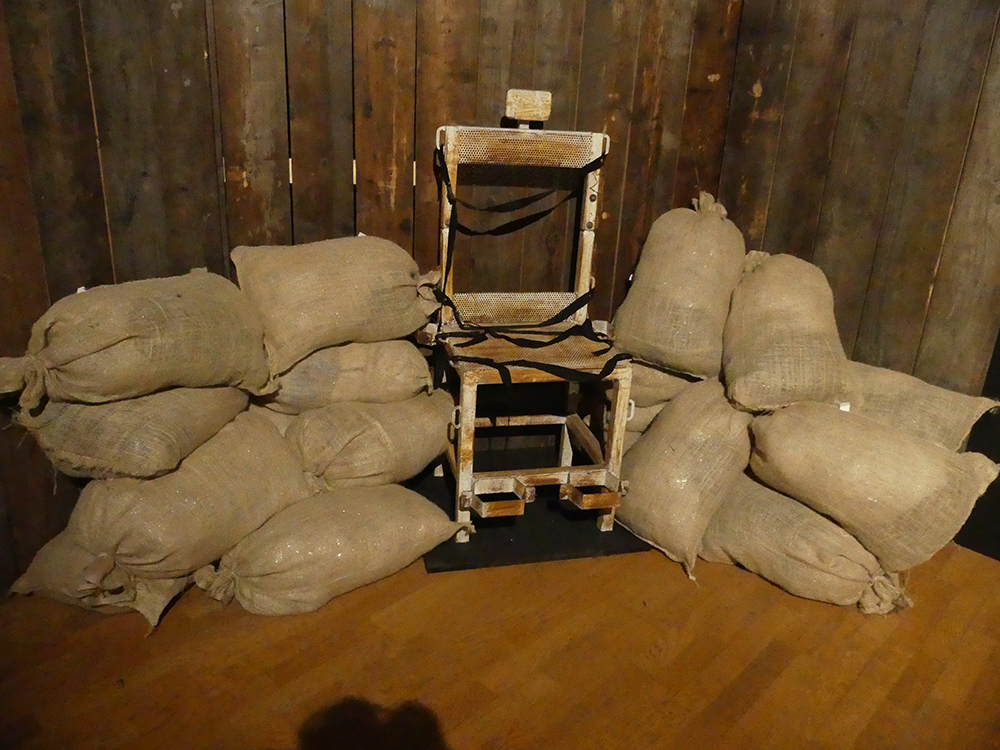
In the end, Serial Killer: The Exhibition is not merely about murderers—it is about the societies that produce them, the systems that hunt them, and the people they destroy. It is a study of deviance that never forgets its human core. Rather than glorifying monstrosity, it dissects it with surgical precision and a surprising amount of heart. The curators have not only pulled off an extraordinary feat of immersive storytelling, but they have done so with a kind of moral clarity rarely seen in exhibitions of this nature. It’s no surprise that the exhibition has been extended due to overwhelming demand; it is an experience that demands discussion, reflection, and, in some cases, repeat visits. For those with the emotional stamina and intellectual curiosity to face it, this exhibition offers a rare chance to explore horror not as spectacle, but as history, psychology, and ultimately—tragedy.

Serial Killer: The Exhibition is, without hesitation, a must-visit for anyone with an interest in criminology, sociology, history, or even the ethics of storytelling. It stands as a rare cultural event that is as thoughtful as it is thrilling, as disturbing as it is enlightening. In a world where true crime often devolves into entertainment stripped of responsibility, this exhibition offers a striking counterexample. It’s not just about killers—it’s about us. And that, more than anything else, is what makes it extraordinary.
Youn can discover our photos in our Flickr page
General information :
Address: Galeries Montparnasse - 22 Rue du Départ, 75015 Paris
Metro stations: Montparnasse-Bienvenüe (Lines 4, 6, 12, and 13)
Duration: Approximately 2 hours
Prices: Adults: from $23
Opening hours: Wednesday to Sunday: 10:00 a.m. to 7:00 p.m. (last admission at 6:00 p.m.)
Photos and video : Boris Colletier / Mulderville

